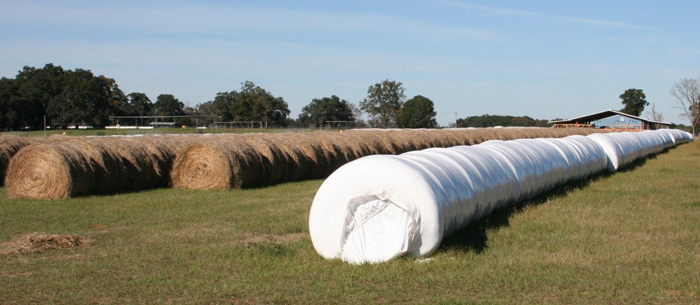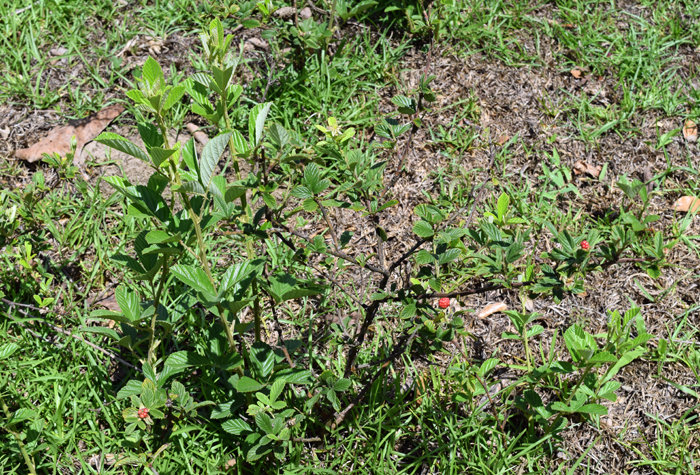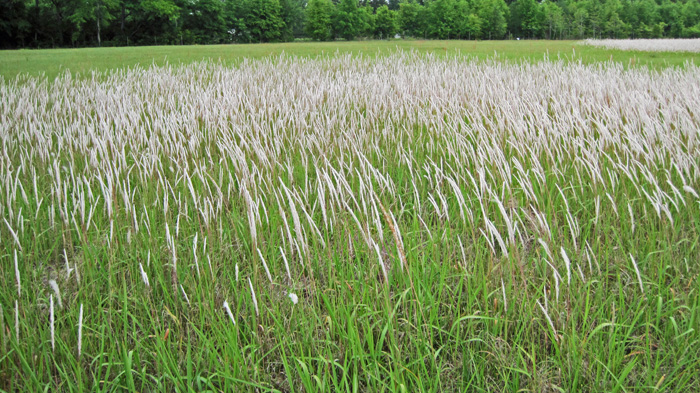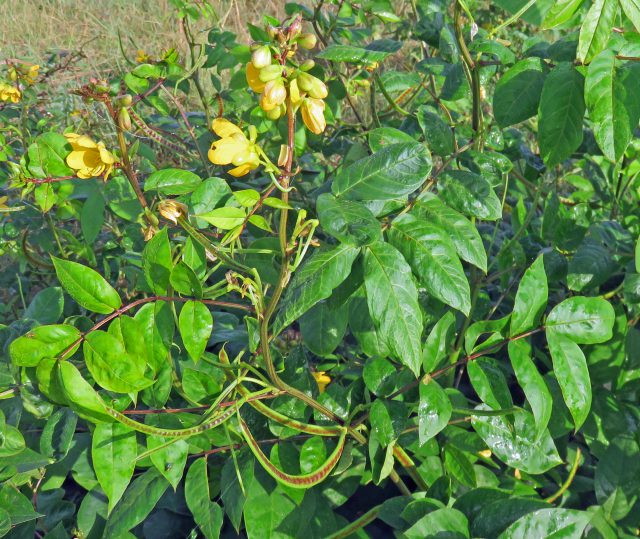
by external | Sep 29, 2017
Glenn Selk, Oklahoma State University Emeritus Extension Animal Scientist As you drive around this fall you see many big round bales of hay stored for winter feed. The quality of this hay will vary a great deal. Frankly, some of it will be low in protein content and...

by Brent Sellers | Sep 22, 2017
Brent Sellers and Jay Ferrell, UF/IFAS Weed Extension Specialists There are numerous briar or Rubus species (blackberry and dewberry) in the Southeastern U.S., many of which are found in Florida. Blackberry is common in most Florida pastures and can be overlooked for...

by Kalyn Waters | Sep 22, 2017
Cogongrass was accidentally introduced into Alabama in the 1900’s, but intentionally brought to Florida in the 1930’s as a potential forage and soil stabilizer. Currently it can be found in 73 countries and on every continent. Since being introduced...

by Doug Mayo | Sep 22, 2017
Over 120 cattle producers, extension agents, research faculty and staff attended the UF/IFAS Beef & Forage Field Day that was held on Friday, September 15, 2017 at the North Florida Research and Education Center’s Beef Unit, near Marianna, Florida. The...

by Mark Mauldin | Sep 15, 2017
There has been a delightful coolness in the air these first few “post Irma” days. Don’t be fooled, it’s not fall yet. Mid-September, in Florida, is definitely still summer and pasture grass should not be in short supply in the summer. This is a good time of year to...

by Kalyn Waters | Sep 15, 2017
Coffee Senna is not only an issue for livestock producers, as seeds are toxic when consumed, it also causes issues for cotton and peanut farmers in the southern states. The scientific name Senna occidentalis comes from Arabic and Latin roots, with Senna meaning...







